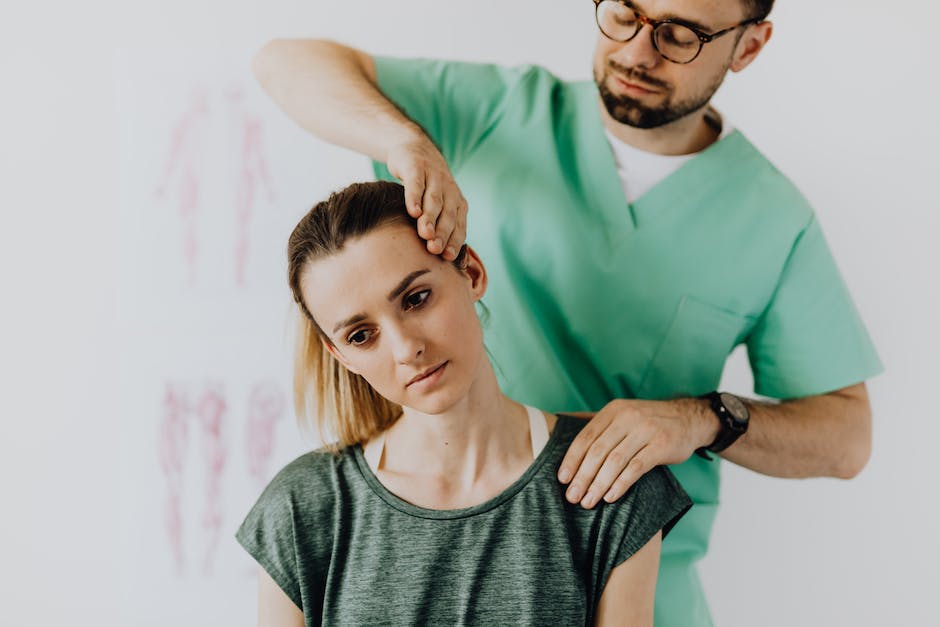
Contents
Understanding and Treating Hypospadias
Hypospadias is a common birth defect in males which manifests as an opening in the urethra located anywhere from the base of the penis to the scrotum. It is a serious health condition that can cause physical and psychological issues, and can affect toilet-training, sexual intercourse, and self-esteem. It is important that parents understand the condition and its treatment so that they can provide their child with the care he needs to resolve the issue.
What Causes Hypospadias?
The exact cause of hypospadias is still unknown, but theories include genetic and environmental factors, particularly during the prenatal period. It is likely that a combination of factors contributes to the development of hypospadias, and the underlying cause may differ from case to case.
Diagnosing Hypospadias
Clinicians should check for hypospadias after birth and diagnose the condition by examining the baby’s penis and abdomen. A urine sample also will be taken to ensure the baby is urinating normally. Ultrasound imaging may be used to rule out other related conditions such as inguinal hernia.
Treating Hypospadias
Surgery is typically recommended in cases of hypospadias, as it is the quickest and most effective way to resolve the condition. During the procedure, the surgeon will correct the urethral opening, the size of the foreskin, and the length of the penis, so the baby’s penis will look and function normally. Some procedures may be done in stages; however, initial surgery generally occurs between six to 15 months of age.
Caring for Your Child After Surgery
Following surgery, parents should carefully monitor their child for any signs of infection and keep the area clean. It is important to maintain the hygiene of the penis to help promote healing and avoid further risk of infection. After surgery, the child can return to their normal activities and diet; however, it is important to avoid physical activities that might place stress on the penis, such as riding a bike or swing.
Conclusion
Hypospadias is a common birth defect that can lead to physical and psychological complications. It is important to take an active role in caring for your child’s health, and knowledge of this condition is the key to providing your son the best care possible. The most effective way to treat hypospadias is through surgery, and parents should ensure that their child follows the doctor’s recommendations for recovery afterwards.
